When homeowners begin thinking about what to do before selling a house, the first challenge is often figuring out where to start. Every property is different, and so is every market, which means the steps that lead to a top-dollar sale depend heavily on preparation.
Buyers today, especially throughout the Pacific Northwest, expect homes to feel clean, polished and well-presented long before they ever schedule a showing. They’re comparing your listing against dozens of others online, and most will decide within seconds whether to click for more information.
Getting the highest possible price requires a strategic approach that blends presentation, condition, timing and smart marketing. It’s about viewing your home the way a buyer will and anticipating what they’ll notice first. High-quality listing media also plays a major role, and many sellers rely on professional real estate photography, such as the work produced by HD Estates, to make those early impressions count.
In this guide, we’ll break down the key steps you should take before listing, including essential repairs, staging tips, decluttering, curb appeal enhancements, the importance of great photos, pricing strategies and choosing the right timing for your sale.
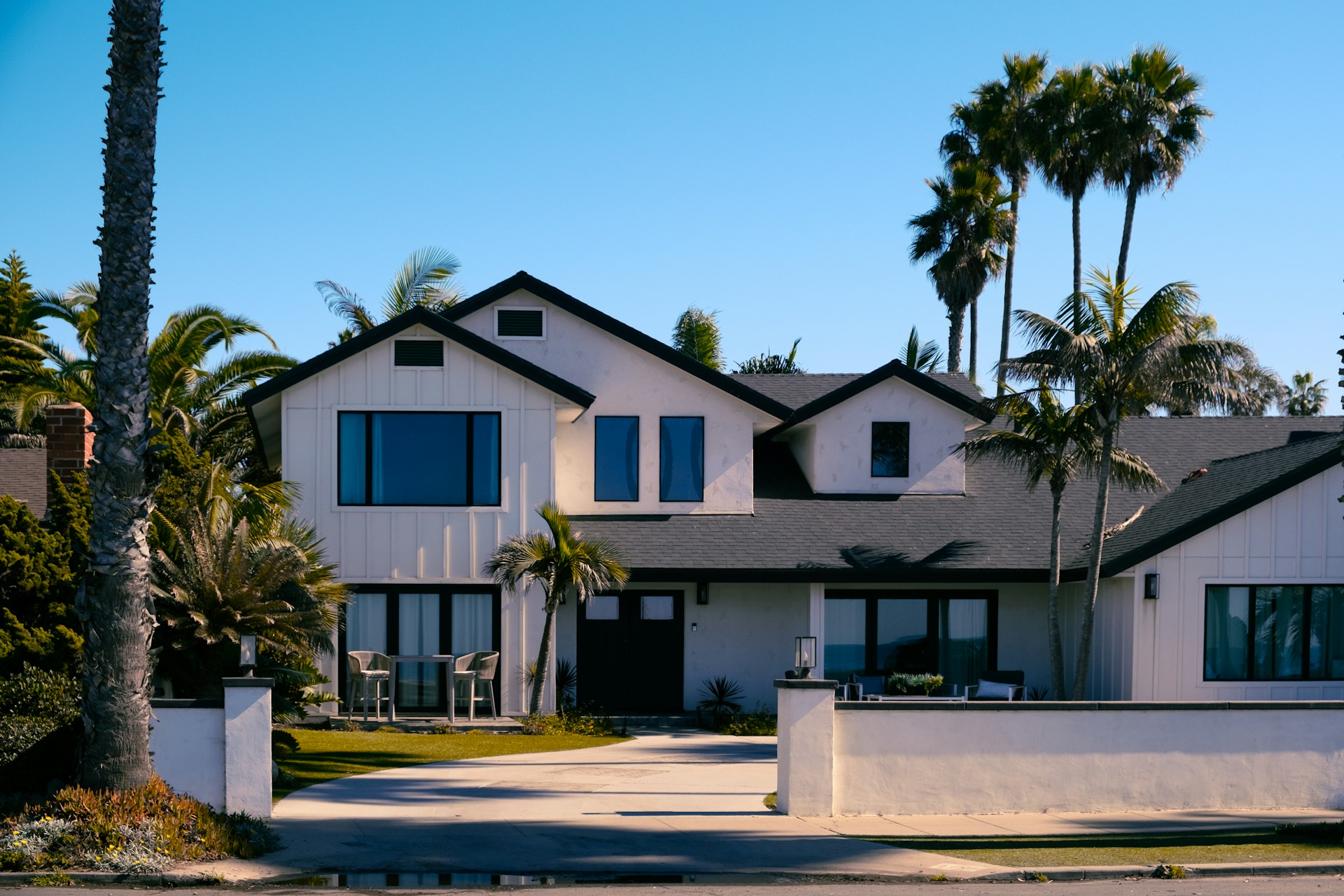
Source: Unsplash (CC0)
Preparing Your Home for Sale
Preparing a house to sell starts with learning to see your property through fresh eyes. One of the most effective first steps is walking through every room as if you were a potential buyer.
Look for anything that stands out in both a good way or a bad way. Scuffed walls, outdated light fixtures, overflowing closets, worn flooring, and cluttered surfaces all distract from the home’s strengths. Take note of cosmetic updates you can make quickly and any areas that may require deeper attention.
A full walkthrough also helps you identify patterns: Is there enough natural light? Are rooms arranged to feel spacious? Are there small repairs you’ve ignored because you’ve simply gotten used to them? These details matter. Buyers interpret even minor flaws as signs that larger issues might be lurking, so your goal is to remove doubt before it forms.
It can also be helpful to consider a pre-listing inspection. While not mandatory, it can uncover issues early, giving you time to address them before negotiations begin. This proactive step often reduces stress and helps create a smoother path to closing.
Emotion plays a surprisingly big role here as well. When selling your home, you need to detach yourself from the way you use the space and focus on how buyers will use it. That shift in perspective will guide smarter decisions about updates, staging and layout. Many agents pair this preparation with professional listing photos or virtual staging to present each space in its best light.
To conclude, the more move-in ready your home appears, the more appealing it becomes to buyers.
Essential Repairs to Consider
Once you have a clear sense of your home’s condition, the next step is prioritizing repairs.
Safety and functionality
Focus first on anything related to safety or functionality. Buyers pay close attention to major systems such as HVAC units, plumbing, electrical panels, water heaters and roofing. Leaky faucets, inconsistent heating, outdated wiring, or any sign of water damage can quickly turn into negotiation leverage for a buyer.
Handling these issues upfront shows that the home has been well cared for, which increases confidence and perceived value.
Consider upgrades
After addressing functional items, consider upgrades that provide strong cosmetic impact without requiring major investment. Repainting rooms with neutral tones can do wonders for creating a clean, cohesive look. Replacing worn carpet, refinishing hardwood floors, updating cabinet hardware or swapping old light fixtures for modern alternatives can transform a space instantly.
These small improvements photograph beautifully and help buyers see the home as fresh rather than dated.
Early repairs can protect your sale price
Keep in mind that when selling your home, many buyers assume repairs will cost far more than they actually do. If they notice issues during a showing, they may lower their offer significantly to account for those assumed expenses. By completing strategic repairs early, you reduce the likelihood of price reductions or extended negotiations.
High-quality, high-resolution photography can further showcase these improvements. Fresh paint, restored flooring and updated fixtures look more impressive online when captured accurately. This strengthens your listing and helps your home stand out from the competition before buyers even step inside.
Staging Tips for Attracting Buyers
Staging plays a major role in helping buyers imagine how they might live in your home. A well-staged space highlights each room’s purpose, creates a natural flow and gives buyers a sense of comfort and potential. When people walk into a staged home, they form emotional connections more quickly, and this can translate into stronger offers and a faster sale.
DIY or professional staging?
You can stage a home yourself, or you can hire a professional. DIY staging can work well if you have an eye for decor and are simply refreshing what you already own.
Professionals, on the other hand, bring experience, neutral furnishings and a clear understanding of what today’s buyers expect. They also know how to use proportion, balance and color to make each room look bigger and more inviting.
Staging considerations
Color and lighting also play an important role. Neutral tones, soft whites and gentle grays help buyers see the architecture rather than the decor. Warm lighting creates an inviting atmosphere that photographs beautifully. Personal decor should be minimized, including bold artwork, niche collections and anything that distracts from the space itself.
Staging trends tend to favor natural textures, minimalistic palettes and organic materials. Wood, linen, stone and greenery help create a calm environment that suits the region’s lifestyle and aesthetic.
Virtual staging
For vacant homes, virtual staging is a strong alternative. It allows potential buyers to visualize rooms furnished with high-quality digital decor. HD Estates offers virtual staging that can make empty rooms feel complete and help listings stand out online.
No matter which approach you choose, staged homes almost always photograph better. Clean lines, intentional furniture placement and consistent design make listing photos more appealing and increase the chances of buyers clicking for more information.
Decluttering: A Step-by-Step Guide
Decluttering is one of the most effective ways to prepare your home for the market. When buyers see a clean, spacious home, they perceive it as well cared for and easier to move into. And when thinking about what to do before you sell your house, decluttering consistently ranks as a top priority.
Start with the spaces buyers notice first
Start with visible surfaces. Clear kitchen countertops, tidy entryways, empty bathroom vanities and simplify shelves or side tables. The goal is to remove visual noise so buyers focus on the home rather than the belongings inside it.
Move on to hidden storage areas
Next, work on hidden areas like closets, cabinets, drawers and storage rooms. Buyers will open everything, and full or disorganized spaces make them assume the home lacks storage. Organize items neatly, pack away what you do not use regularly and consider donating anything you no longer need.
Remove personal items to create neutral spaces
Remove overly personal items such as family photos, children’s artwork, personal collections and bold decorations. Buyers need space to imagine their own lives in the home. If your décor is too specific, it becomes harder for them to picture themselves living there.
Keep surfaces clear and rooms uncluttered
Minimize furniture where possible to create more open, breathable rooms. Too many pieces make spaces feel smaller in person and in listing photos. If needed, rent a storage unit temporarily to keep extra furniture and boxes out of sight.
Why decluttering matters for your listing photos
Decluttered spaces photograph significantly better, especially when captured with wide-angle interior photography. Teams like HD Estates specialize in showcasing clean, organized rooms in a way that highlights natural light, layout and depth.
A well-decluttered home not only looks polished but also communicates that it has been well maintained, which increases buyer confidence and improves the likelihood of a strong offer.
Enhancing Curb Appeal Effectively
Before buyers see your kitchen, bathrooms or updated flooring, they see the outside of your home. That first impression sets the tone for the rest of the showing and has a surprisingly strong effect on how buyers evaluate value. Enhancing curb appeal is one of the simplest and most cost-effective steps you can take when preparing a house to sell.
Simple updates that make a big difference
Start by refreshing the exterior. Pressure wash sidewalks, driveways, porches and siding to remove dirt and discoloration. Add fresh mulch to garden beds, trim shrubs and trees, and plant seasonal flowers for a welcoming look.
Repainting or replacing the front door can make a dramatic impact, especially when paired with updated hardware and clear, modern house numbers. Good exterior lighting is another small upgrade that improves both safety and visual appeal.
How curb appeal influences listing media
Curb appeal also influences how well your listing photographs and videos turn out. A clean driveway, neat landscaping and a well-kept facade look better in exterior photos and drone overhead shots. Since most buyers discover homes online, that first exterior image matters significantly.
Small investments in curb appeal often deliver some of the highest returns, making it a smart and strategic part of preparing your home for top-dollar results.
Special considerations for Pacific Northwest sellers
For sellers in the Pacific Northwest, there are additional considerations. Moss buildup, fallen leaves, heavy rain and damp conditions are common, so make sure walkways are clean, roofs are cleared and exterior surfaces are free from moisture damage.
These small steps prevent a home from appearing weather-worn.
Importance of High-Quality Photos
In today’s digital-first market, nearly every buyer begins their home search online. That means listing photos creates the very first impression of your property. High-quality images can highlight your home’s strengths, while poor photos can cause buyers to skip the listing entirely.
Skilled photographers understand how to balance light, showcase room dimensions and capture the true feel of a space. They use proper composition, exposure and equipment, techniques that eliminate harsh shadows, crooked lines or distorted rooms. Professional photos help buyers perceive your home as brighter, larger and better maintained, which increases its appeal and perceived value.
Beyond photos, video walkthroughs, drone shots and 3D tours help buyers visualize the layout and get a more immersive sense of the property. Drone photography is particularly helpful for homes with water views, expansive lots or unique architectural elements.
Setting the Right Asking Price
Setting the right asking price requires understanding local market conditions, recent comparable sales and your home’s overall condition. The goal is to position the home competitively so it attracts serious buyers without leaving money on the table.
Overpricing is one of the most common mistakes when selling your home. A home priced too high often receives fewer showings, stays on the market longer and ultimately sells for less once price reductions begin.
Work with an experienced real estate agent who can perform a comparative market analysis (CMA). They’ll evaluate similar properties, recent sales and neighborhood trends. Be realistic about your home’s features and condition. If you have made major repairs, updated finishes or invested in staging, those improvements will support a stronger price point.
Pricing slightly below market value can generate more interest and potentially spark multiple offers, especially in competitive areas. A well-prepared home backed by strong listing media often performs exceptionally well with this strategy.
Timing Your Sale for Maximum Profit
Choosing the right time to list can significantly impact your sale price. In the United States, the spring and early summer months typically attract the most buyers. Families prefer to move during school breaks, and longer daylight hours make showings feel more inviting.
The Pacific Northwest, particularly cities like Seattle and Bellevue, experiences unique weather patterns that influence buyer behavior. Homes listed during brighter, sunnier months often perform better because natural light improves photos and video quality.
Lastly, interest rates, economic conditions and neighborhood trends may create windows where it’s beneficial to list quickly. Consult with your agent and be ready to act when the market is working in your favor.
If you’re preparing to list your home, high-quality visuals can make all the difference. HD Estates is here to help you showcase your property at its very best. Contact us today to get started.
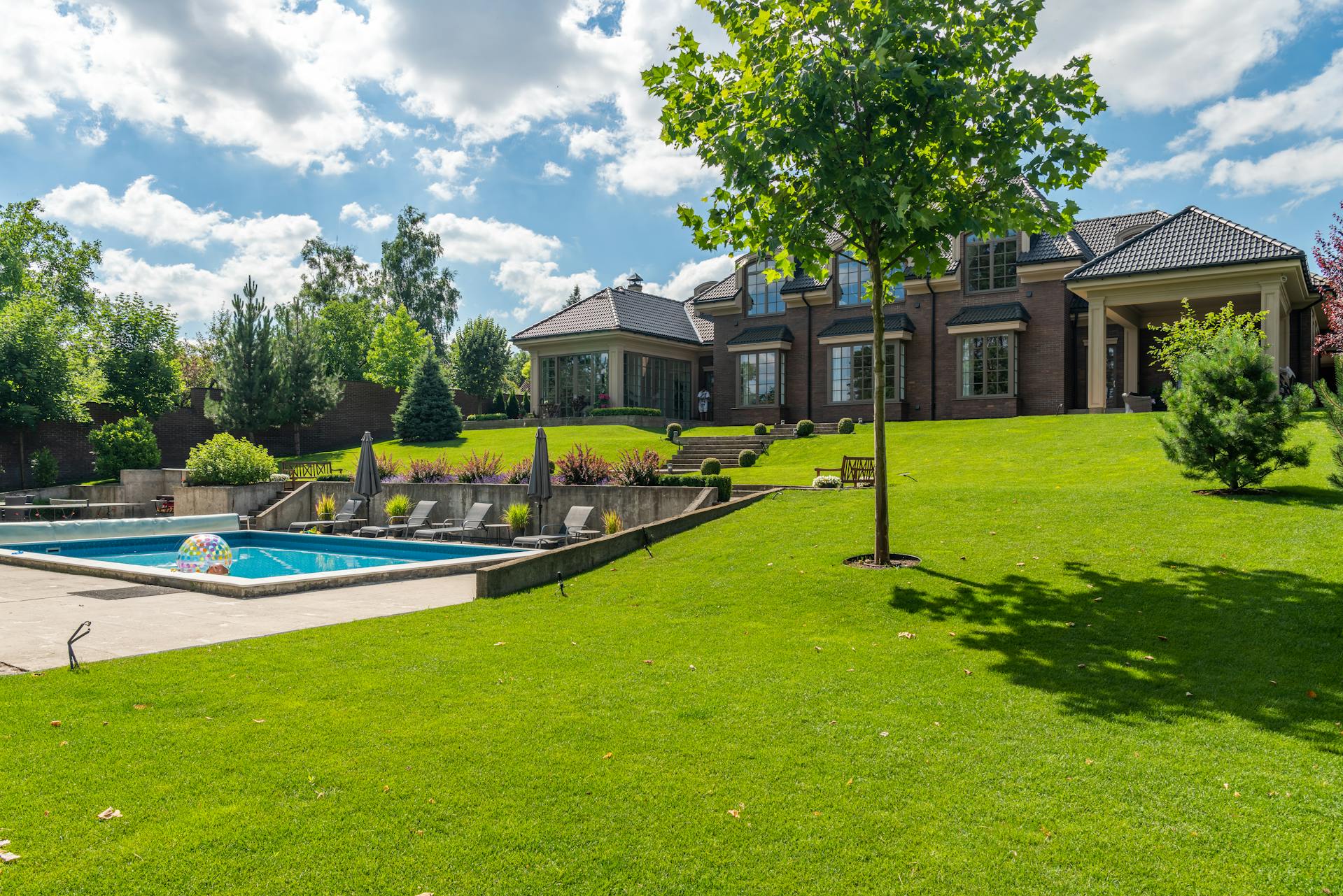
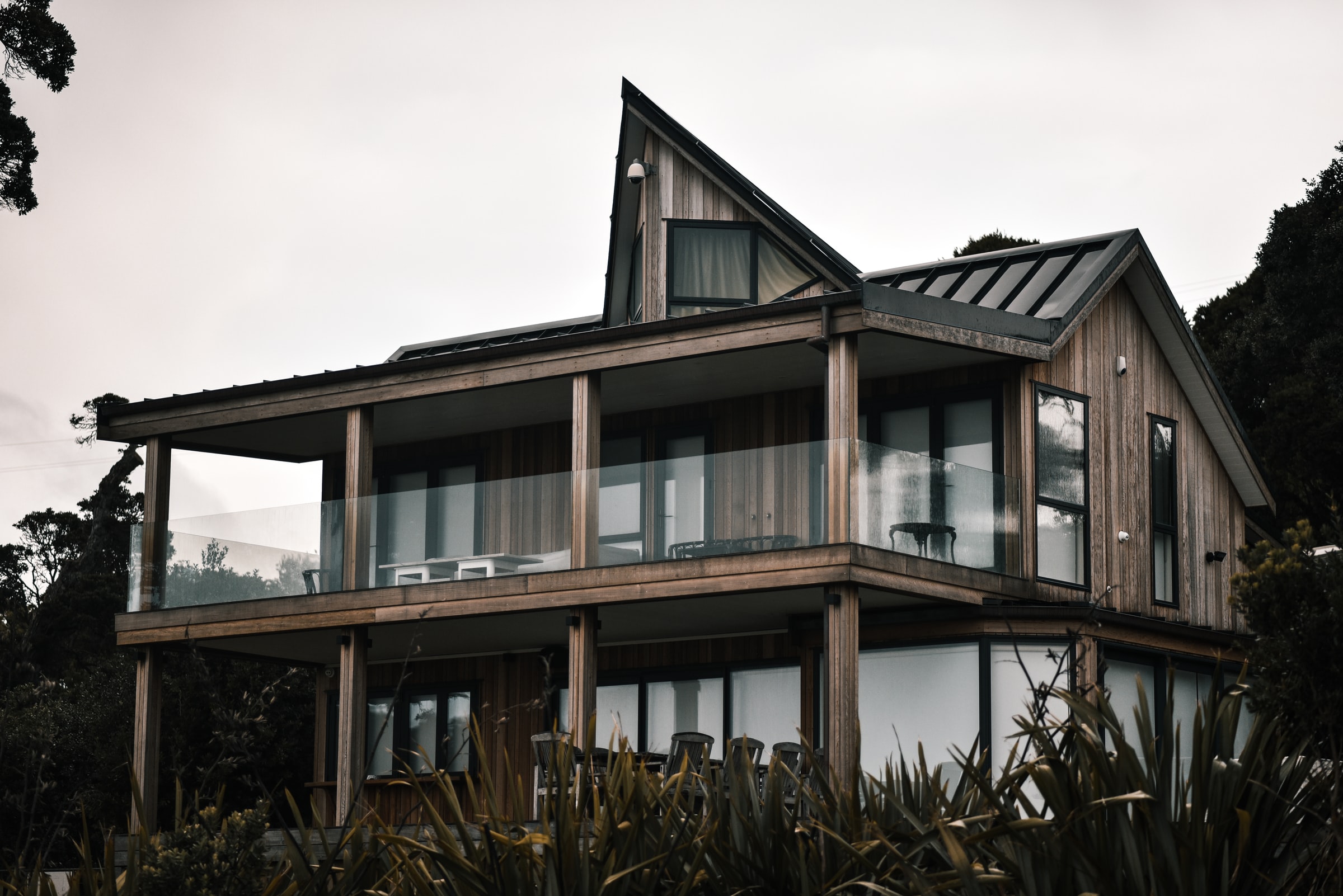
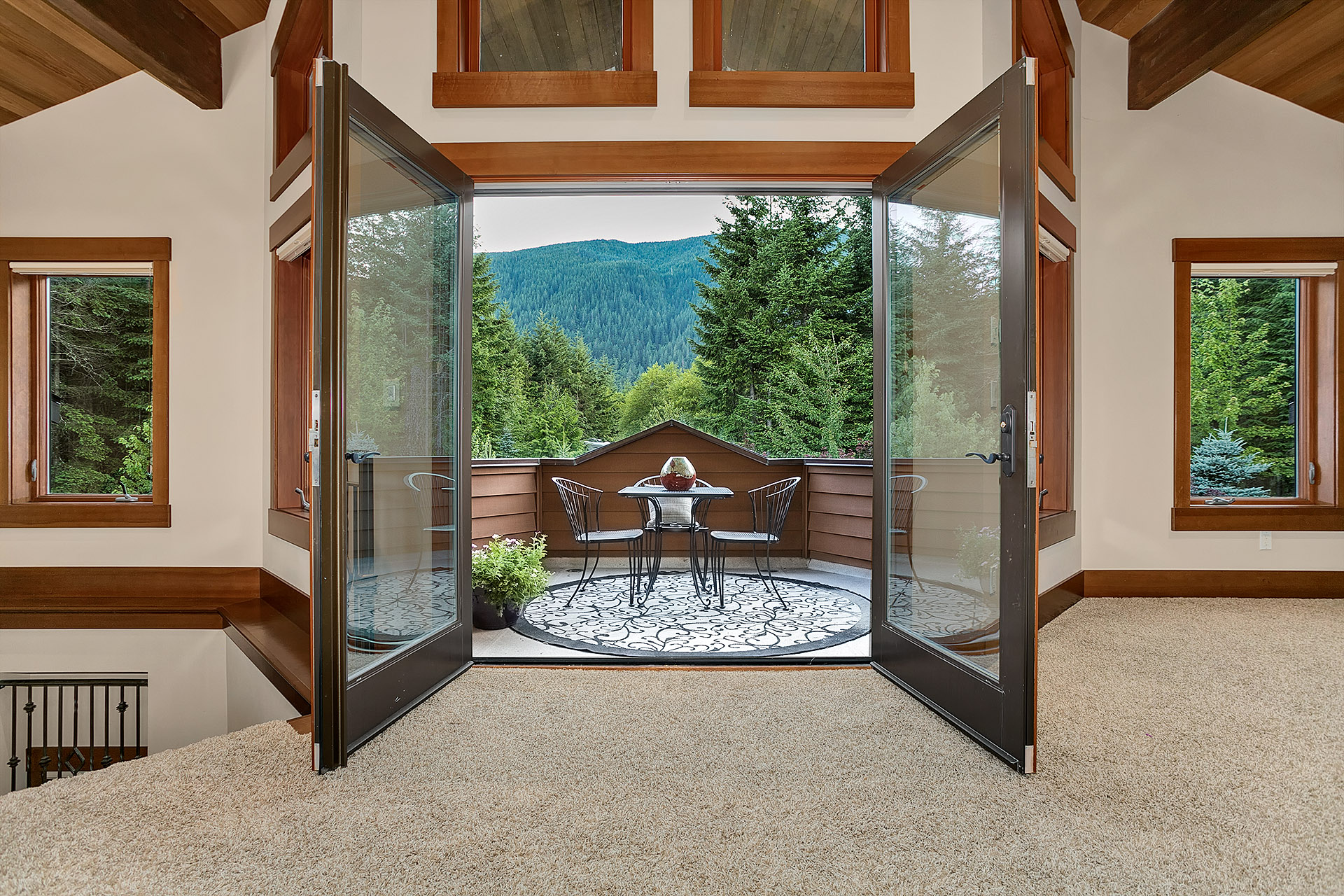


 Looking for a professional photographer can be challenging, especially if you don’t know someone in your area. Don’t just go with anyone offering you the cheapest price. Remember, great real estate photography can create potential clients as a return. Think about the profit you might gain for having excellent visual presentations for your target market.
Looking for a professional photographer can be challenging, especially if you don’t know someone in your area. Don’t just go with anyone offering you the cheapest price. Remember, great real estate photography can create potential clients as a return. Think about the profit you might gain for having excellent visual presentations for your target market.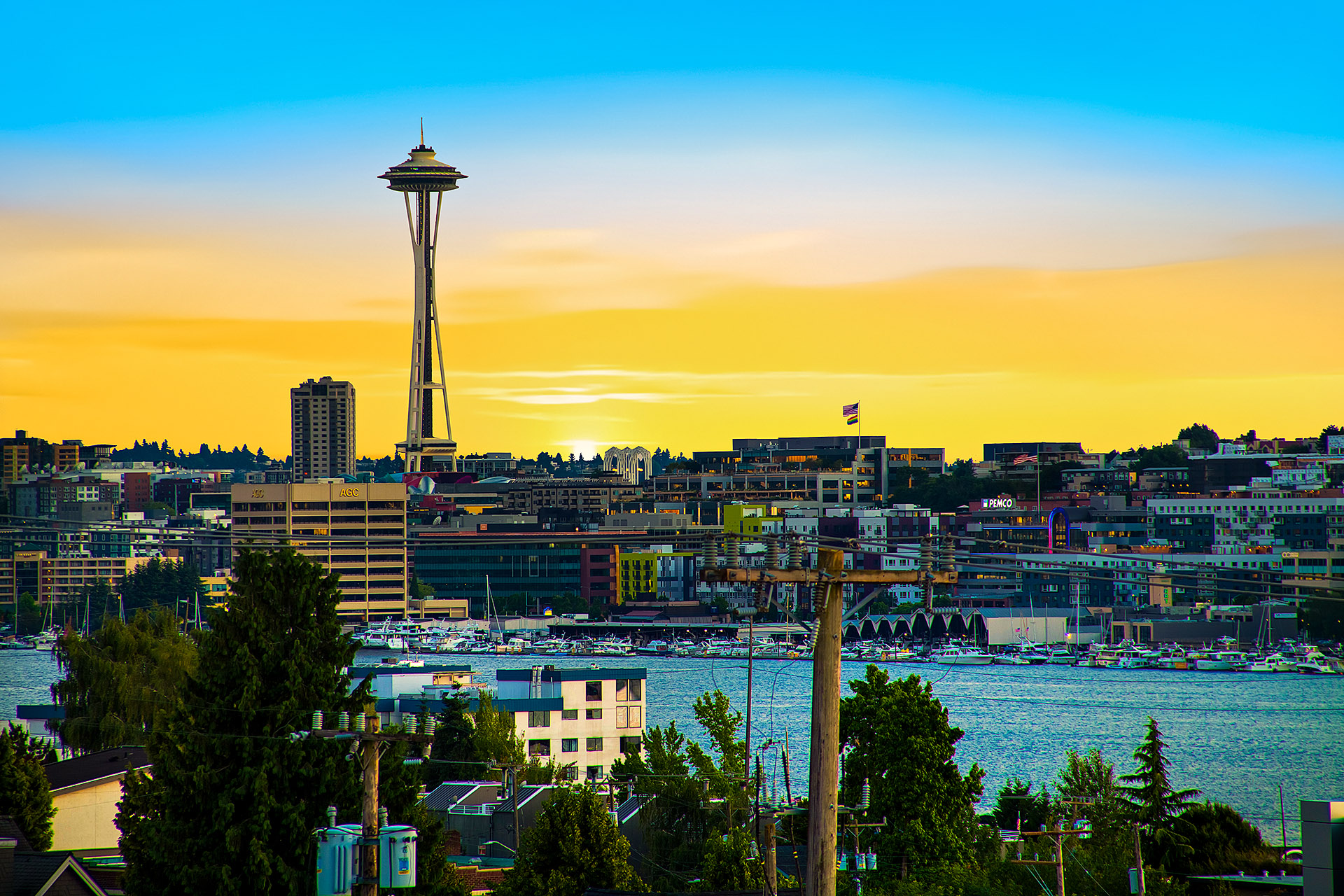
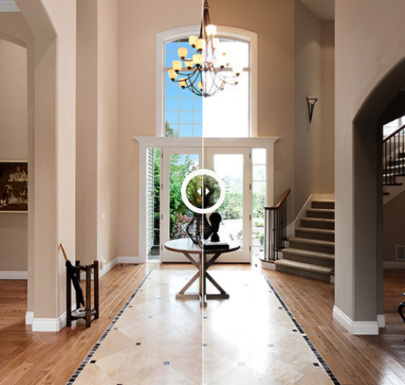



 Claire Wright, a savvy tech nerd and self-taught photographer who lives in Seattle and working at one of the best real estate photography companies called HD Estates.
Claire Wright, a savvy tech nerd and self-taught photographer who lives in Seattle and working at one of the best real estate photography companies called HD Estates.